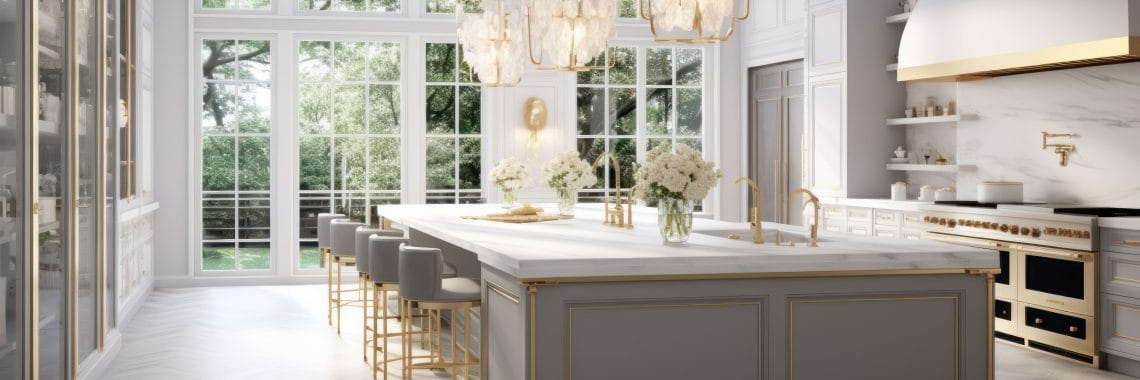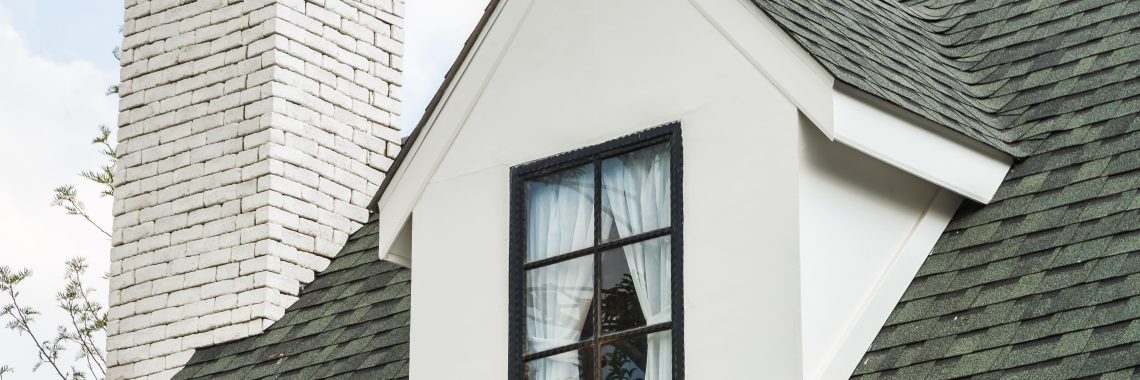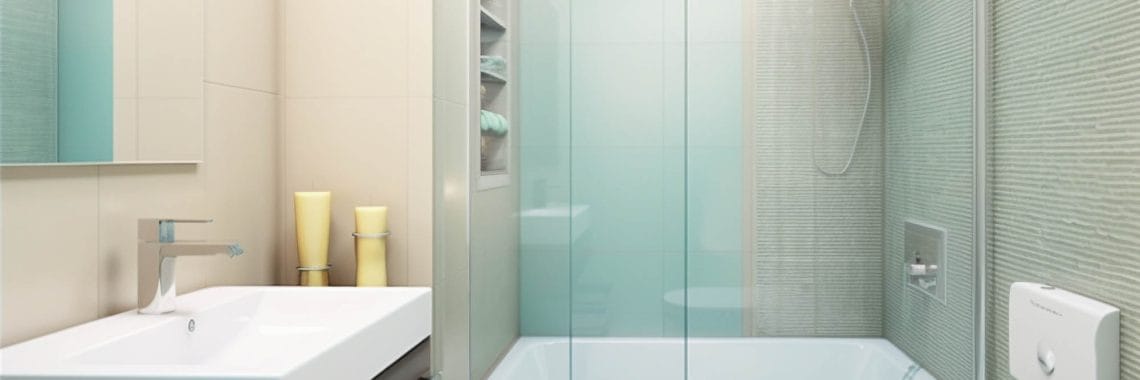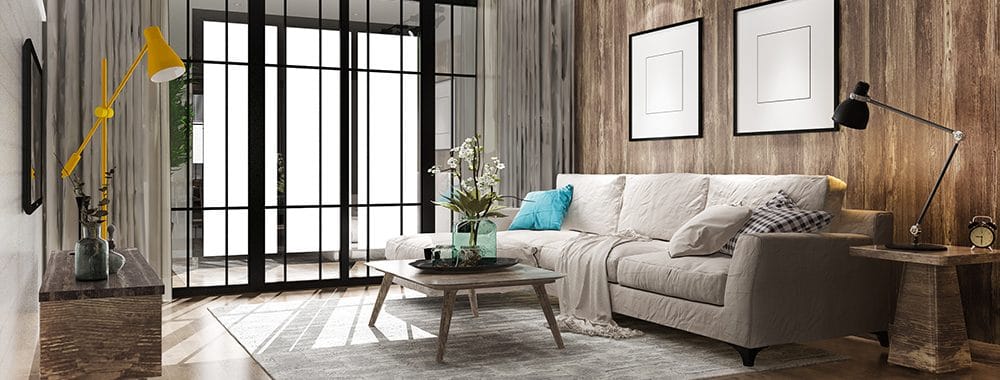Countertop Replacement: Revitalize Your Kitchen with a Fresh Surface

The kitchen countertop is more than just a functional workspace; it’s a design centerpiece that sets the tone for your entire kitchen. If your current countertop is outdated, damaged, or simply no longer suits your style, replacing it can transform the look and functionality of your space. Countertop replacement is a straightforward yet impactful upgrade that brings value and charm to your kitchen.
Why Replace Your Countertop?
Improved Aesthetics
A new countertop can redefine the style of your kitchen, whether you’re aiming for sleek modernity, rustic charm, or timeless elegance.Enhanced Durability
Replacing old, worn countertops with durable materials like quartz, granite, or solid surface ensures longevity and resilience against daily wear and tear.Increased Home Value
A high-quality countertop replacement boosts the resale value of your home, making it a smart investment.Better Functionality
Upgrading to a more durable or heat-resistant material improves the functionality of your kitchen, making cooking and entertaining more enjoyable.
Popular Countertop Materials
Quartz
- Pros: Non-porous, low maintenance, available in a wide range of colors and patterns.
- Cons: Can be more expensive than other options.
Granite
- Pros: Natural beauty, heat-resistant, highly durable.
- Cons: Requires periodic sealing to maintain its integrity.
Butcher Block
- Pros: Warm, organic aesthetic; perfect for farmhouse or rustic kitchens.
- Cons: Prone to scratches and water damage without proper care.
Solid Surface
- Pros: Seamless appearance, easy to repair, customizable.
- Cons: Less heat-resistant than stone materials.
Laminate
- Pros: Affordable, available in a variety of designs.
- Cons: Less durable and susceptible to scratches.
Concrete
- Pros: Industrial aesthetic, fully customizable.
- Cons: Heavy and requires sealing to prevent staining.
The Countertop Replacement Process
Assessment and Planning
- Measure your existing countertop space and evaluate its layout.
- Choose a material and color that complements your kitchen design.
Removal of Old Countertop
- Carefully dismantle the existing countertop to prepare for the new installation.
Surface Preparation
- Ensure the base cabinets are level and secure to support the new countertop.
Installation
- Place the new countertop, secure it to the cabinets, and finish edges and seams for a seamless look.
Sealing and Finishing (if required)
- Apply sealants or finishes for materials like granite or butcher block to enhance durability.
Tips for Choosing the Right Countertop
- Lifestyle Considerations: If you cook frequently, opt for durable and heat-resistant materials like quartz or granite.
- Budget: Laminate and butcher block are cost-effective choices, while quartz and granite may require a larger investment.
- Design: Match your countertop material and color to your cabinetry, backsplash, and flooring for a cohesive look.
- Maintenance: Choose low-maintenance materials if you prefer minimal upkeep.
DIY vs. Professional Installation
While some homeowners may attempt countertop replacement as a DIY project, professional installation is recommended for precise cuts, proper alignment, and securing heavy materials like stone or concrete. A professional ensures a flawless finish and prevents costly mistakes.
Conclusion
Countertop replacement is a transformative kitchen upgrade that enhances both aesthetics and functionality. With numerous material options and customizable designs, you can tailor your new countertop to reflect your style while accommodating your practical needs. Whether you choose quartz for its durability, butcher block for its warmth, or granite for its timeless elegance, replacing your countertop is an investment that pays off in beauty and usability.

















 When it comes to iPhone repairs; iPhone screen repair, is among the common repairs done. So how can you protect your iPhone’s screen from breaking? Well, there isn’t much that you can do; however, you can reduce the impact in the event that the phone falls. You can therefore use rubber casing at the back; it’s capable of providing a good impact protection, when your iPhone falls.
When it comes to iPhone repairs; iPhone screen repair, is among the common repairs done. So how can you protect your iPhone’s screen from breaking? Well, there isn’t much that you can do; however, you can reduce the impact in the event that the phone falls. You can therefore use rubber casing at the back; it’s capable of providing a good impact protection, when your iPhone falls. With the holiday seasons approaching, we recommend that you have a case for your iPhone, especially when going out for parties. This is due to the high chances of dropping your iphone, which eventually will require a screen repair.
With the holiday seasons approaching, we recommend that you have a case for your iPhone, especially when going out for parties. This is due to the high chances of dropping your iphone, which eventually will require a screen repair. At First Response Phone Repair, we offer the best iPhone screen repair there is. We also have ipad repair, tablet repair, console repair and any other phone repair that you might need. Customer satisfaction is our number one goal, warranty for repairs done, skilled and professional staff to ensure that your phone gets the service it deserves. So the next time you need an iPhone screen repair, walk into our shops for a repair of a lifetime.
At First Response Phone Repair, we offer the best iPhone screen repair there is. We also have ipad repair, tablet repair, console repair and any other phone repair that you might need. Customer satisfaction is our number one goal, warranty for repairs done, skilled and professional staff to ensure that your phone gets the service it deserves. So the next time you need an iPhone screen repair, walk into our shops for a repair of a lifetime. Venturing into the world of
Venturing into the world of  For a first time bidder, go for decent sites that have a lot of user reviews. This helps in avoiding cases of being duped and gaining confidence before participating in the bidding. Not all bid online auctions are fraud; there are some that are legit offering advantages to bidders when buying items online. The following includes some of the advantages of
For a first time bidder, go for decent sites that have a lot of user reviews. This helps in avoiding cases of being duped and gaining confidence before participating in the bidding. Not all bid online auctions are fraud; there are some that are legit offering advantages to bidders when buying items online. The following includes some of the advantages of  When you bid on your own price, it helps you to stay within your budget range. However it’s unavoidable to spend more than you had intended in some cases. This is especially the case when finding items that you covet; in any case you simply cannot put a price on your desires and passions.
When you bid on your own price, it helps you to stay within your budget range. However it’s unavoidable to spend more than you had intended in some cases. This is especially the case when finding items that you covet; in any case you simply cannot put a price on your desires and passions. There are some bid online auctions that have automatic bidding; this is quite easy to operate. With an automated bidding site, you won’t have to keep checking the bidding progress of a particular item; instead you can set a maximum bid limit. This allows the websites to bid on your behalf.
There are some bid online auctions that have automatic bidding; this is quite easy to operate. With an automated bidding site, you won’t have to keep checking the bidding progress of a particular item; instead you can set a maximum bid limit. This allows the websites to bid on your behalf. An iPhone can become your entire world; you can have such a reliance on these gadgets that you basically cannot think without them. You can use iPhones to play music and videos, searching the web, make calls, chat and message among other things. Therefore, having an iPhone screen repair the moment you have a cracked screen is essential. This is because; all your work can be held up making it vital to have an iPhone screen repair.
An iPhone can become your entire world; you can have such a reliance on these gadgets that you basically cannot think without them. You can use iPhones to play music and videos, searching the web, make calls, chat and message among other things. Therefore, having an iPhone screen repair the moment you have a cracked screen is essential. This is because; all your work can be held up making it vital to have an iPhone screen repair. Making iphone repairs by yourself costs less, although you would be violating Apples terms in regards to the warranty. It will cost you more to have Apple Company or an outlet dealer make screen repair. Visit our iPhone repair shops in Rancho Cordova and Carmichael and have your life back to normal, to surfing the internet, chats, messaging and making call etc.
Making iphone repairs by yourself costs less, although you would be violating Apples terms in regards to the warranty. It will cost you more to have Apple Company or an outlet dealer make screen repair. Visit our iPhone repair shops in Rancho Cordova and Carmichael and have your life back to normal, to surfing the internet, chats, messaging and making call etc. One of the ways that you can a make a phone repair is, watching tutorials on how-to videos from Vimeo or YouTube. This requires an individual who has patience and a mind frame of watching the videos. Some of the videos are current and relevant to the model of device that you have. However, it’s important that you note, the individual offering you iPhone screen repair services can give you outdated or incorrect information.
One of the ways that you can a make a phone repair is, watching tutorials on how-to videos from Vimeo or YouTube. This requires an individual who has patience and a mind frame of watching the videos. Some of the videos are current and relevant to the model of device that you have. However, it’s important that you note, the individual offering you iPhone screen repair services can give you outdated or incorrect information. Letting a professional handle you iPhone screen repair problems make a lot of sense. By letting a professional do your iPhone repair, you alleviate any extra cost or headaches that you might incur due to reassembling the parts wrongly. Before letting your phone have repairs done, ensure that you research about the professional looking at your phone, just to be on a safer side.
Letting a professional handle you iPhone screen repair problems make a lot of sense. By letting a professional do your iPhone repair, you alleviate any extra cost or headaches that you might incur due to reassembling the parts wrongly. Before letting your phone have repairs done, ensure that you research about the professional looking at your phone, just to be on a safer side.